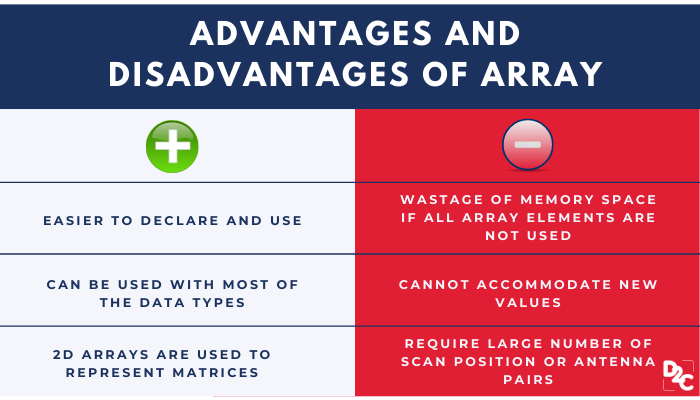After Python, Java is known as the world’s second most popular programming language. By a long distance, no language outperforms Java, especially when it comes to development, particularly software and website development. Java is an object-oriented programming language whose success is large because it offers various features that make programming simple and clear. Java is a simple language to learn for novices, yet it offers features that allow experienced programmers to create even the most complicated programs in a short amount of time.
Arrays in Java are often known as container objects and are a kind of object found in Java. It is used to group objects of the same kind into a single set. All arrays in Java have the same data type, whether integral, textual, or decimal. To make a Java array, the programmers must first figure out how long the array will be. After an array has been constructed in Java, the length of it cannot be expanded.
This post may be useful if you want to obtain a better understanding of what Java arrays are. It aims at discussing the advantages of arrays in java along with their operations and types. Let’s have a look.
Types of Arrays in Java
Three types of arrays may be described in Java, which include:
One-Dimensional Array: It is a collection of data strings contained on a single line. There is just one continuous row of data in this one-dimensional array. Loops can be utilized to print or add the elements of arrays in a single line.
Two-Dimensional Array: In Java, this is the most common form of an array. They are used in a variety of domains outside of development, such as robotics, simulation, machine learning, and the creation of matrix columns and rows.
Multi-Dimensional Array: Arrays with more than two dimensions are known as multi-dimensional. While multidimensional arrays are difficult to visualize, their applications are growing by the day. They can also store vast volumes of data, which comes in handy when doing data analysis.
Advantages of Arrays
There are several perks to using arrays in Java, some of which include:
- A Java array works on the notion of dynamic allocation of data. The members of the Java array are built in such a way that memory use is reduced while using dynamic allocation. When it comes to processing power, it makes arrays in Java extremely light.
- The major reason for arrays’ existence is that they allow for the storage of various items and values under a single identifier. For the storing of distinct values, new variables do not need to be established, and they may be kept in different indices of the same object. It makes the work of naming these values a lot easier. It also allows operations like arranging data in a specific sequence to be called afterward.
- The placement of items in arrays is quite simple. Consider the difficulty of storing distinct values under different variable names and then recalling those names anytime will need those values. This would make coding extremely time-consuming. All you need to know about arrays in Java is the position of the value you want to call.
- Values cannot be stored in contiguous memory regions, which is a significant constraint of basic data types. This difficulty is overcome by utilizing Java arrays, in which individual elements are kept in contiguous regions, one after the other, in dynamic memory.
Forming Arrays in Java
The procedure for creating arrays in Java is similar to that of eBay. However, there are a few conditions that must be met before an array may be defined. Before an array can be created, the data type of the objects contained in the array, as well as the names of the array variables, must be known. The following is the syntax to be followed:
datatype variablename []
or
datatype [] variablename
Array-based Operations
Arrays in Java are not just data storage containers. Arrays can also be utilized to perform mathematical computations. When two arrays with similar code are interconnected, or when actions like determining the difference between points are on a Cartesian plane, it is known to be a significant feature. Single-line instructions found in Java can be used to perform operations such as addition, subtraction, multiplication, and division.
Conclusion
The relevance of arrays in Java was established in this essay. They are important storage objects that make programming in Java a breeze for programmers. They can store enormous volumes of data that are simple to discover and edit. Arrays in Java can also be used to perform mathematical computations.
So, if you want to learn more about Java arrays, then getting into a full-stack software development course, designed for professionals, can help you get hands-on experience of working on capstone projects.

